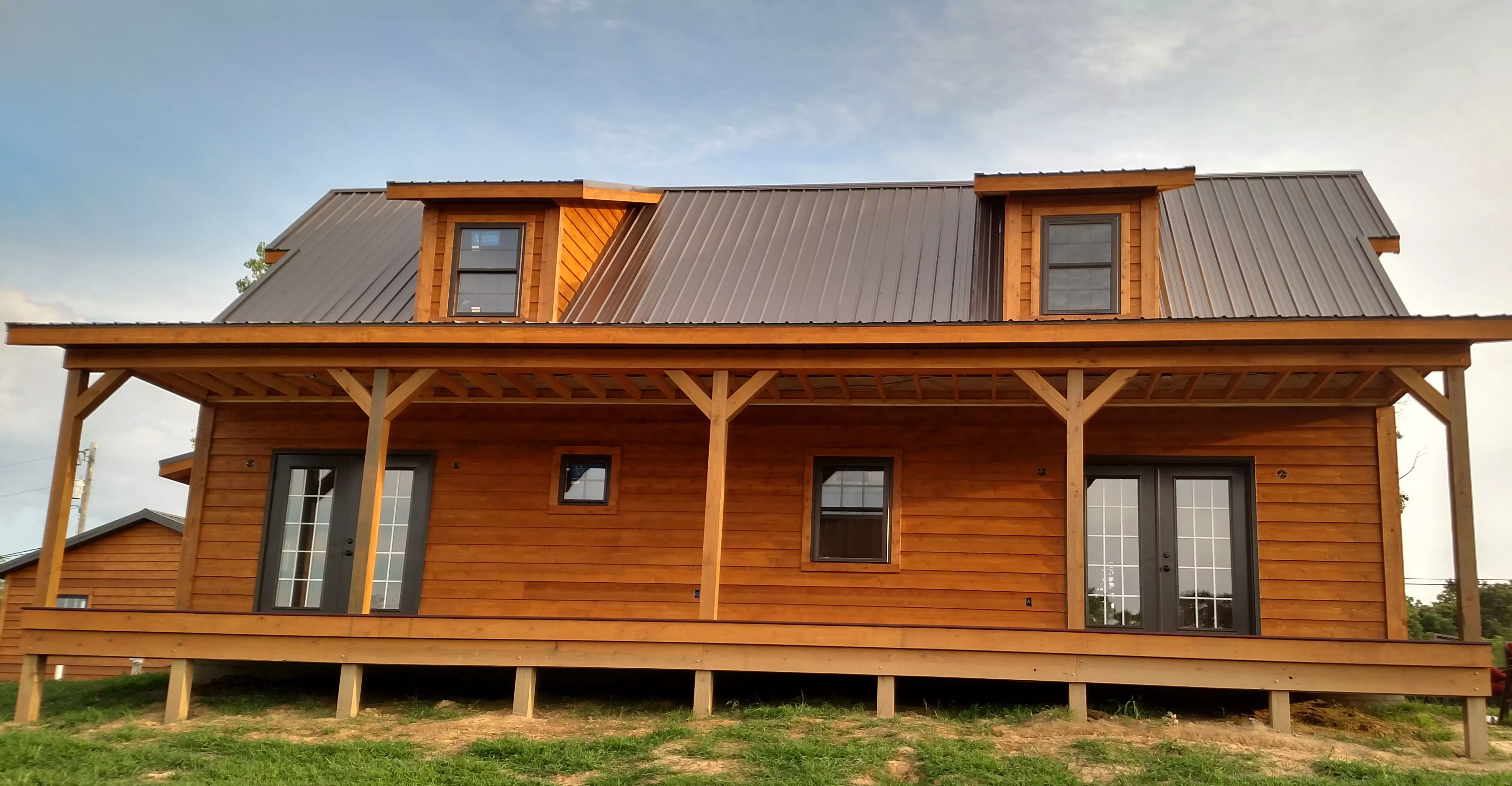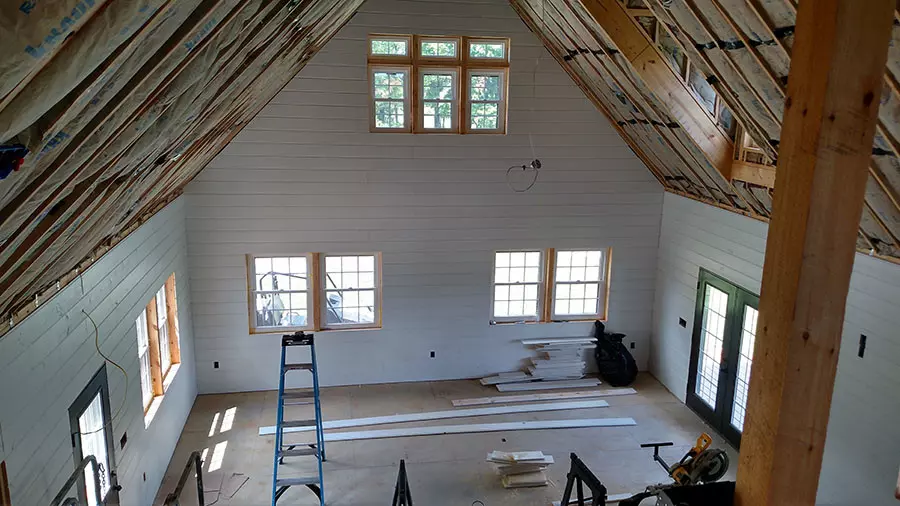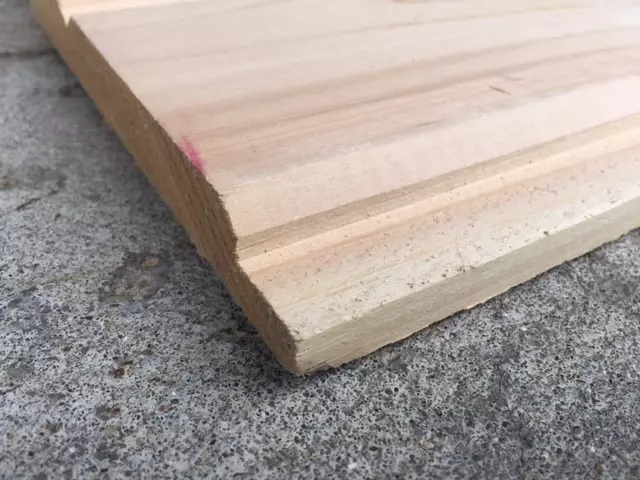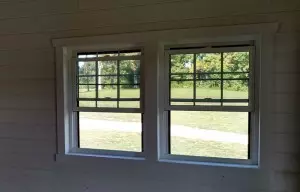Shiplap is everywhere! In fact, all you need to do is turn on any home improvement show or check out the latest Pinterest board dedicated to decorating, and you’ll quickly find out that using shiplap siding for interior walls is all the rage.
But beyond the cool, bright look that shiplap can give, there are a lot of additional advantages to using it in place of drywall. So many in fact, that we are using it exclusively on every single interior wall of our new “Simple House” at the farm.
As we installed the shiplap walls last week, we absolutely fell in love with the bright and clean look of the interior. We couldn’t be happier that not one single square inch of drywall will be installed in our new home.
What is Shiplap?
Before I go further, I do want to point out the difference between true shiplap and tongue and groove boards. When installed, tongue and groove and shiplap boards look nearly identical – but the actual difference is in the edge.
Both boards are usually made from pine and come in widths ranging from 6″ to 12″ wide. True shiplap siding has a flat rabbited edge that is overlapped when installed. Tongue and groove boards have a milled edge and grooves that fit into one another. When installed with a similar gap, they give the identical effect.
The cost is virtually the same, but I prefer using tongue and groove boards for the shiplap look because of the additional strength of the fit. It leaves much less chance of any future warping, twisting or turning of the boards.
It’s really a matter of choice – but both look and work great. So with that said, here are 4 big reasons we chose to go with shiplap walls over drywall.
The Advantages of Using Shiplap vs. Drywall
Cost – Although an individual sheet of drywall is fairly inexpensive, it the finishing process that can be both time-consuming and expensive. Drywall can be a long, tedious and messy process if you attempt to tackle it yourself. And if you hire that task out – the budget for drywall can soar quickly!
We were able to easily shiplap every wall in our home as well as our garage ourselves – about 3500+ board feet in all – for under $2500.00. Including the cost of paint, it worked out to about $1.40 per square foot. Considering drywall quotes were somewhere in the range of $5,000 to $8000 before painting, it was a big budget saver!
Durability – Shiplap is 3/4″ thick and made of solid wood, so it can take a beating and still look great. We have all been witness to an object, hand, arm, or even a foot accidentally going through drywall. Drywall also has the tendency to dent and scratch easily.
When using shiplap – that simply doesn’t happen. Even better, if it does get a little scrape or ding, it simply adds a little more character to that type of wall. Divots, dings and holes in drywall are rarely, if ever, looked upon as character building.
And in the case of potential water damage or flooding, once again shiplap comes through with flying colors. Let a few inches of water touch drywall, and the water wicks up the board and ruins it completely. That is not the case with shiplap. The solid wood can easily dry out and keep on serving for years without the worry of stains or unhealthy mold.
Simple To Install
Ease and Time Savings of Installation – Installing shiplap couldn’t be easier. Whether using the traditional rabbit edge, or the tongue and groove boards like we did, it goes up quickly. Installation is as easy as setting on the groove, leveling, and nailing. And for tools, you only need a saw, nail gun, level, hammer, and a block of wood.

Our Simple House will not have a single piece of drywall in it, sticking to our theme of using as many simple and natural materials as we can throughout the house
Drywall on the other hand can be a bit more tedious to install, especially for the do-it-yourselfer. Between installing the sheets and applying the tape and mud, it’s a process that can go on forever. And that’s before sanding!
Painting and Care – When it comes to finishing, shiplap once again takes the award over drywall. Although it can easily be painted once installed, we pre-painted so the walls were completely finished as soon as we nailed them up. No waiting for that messy mudding and sanding to take place before a primer and paint can be applied.
Cleaning is a breeze. It’s as simple as taking a damp rag over the painted surface, with no worries about damaging the wall like you might with a paper-backed drywall board.
So if you are thinking of building a home, or remodeling a room – think about using shiplap! For more info on our Simple House at the farm, see : The Simple House Project
Happy Building – Jim and Mary
To receive our Recipes, DIY and Gardening articles each week, sign up to follow the blog via email in the right hand column above, “Like” us on Facebook, or follow us on Twitter. You can also check out our new book, Growing Simple, now available on Amazon.com.



